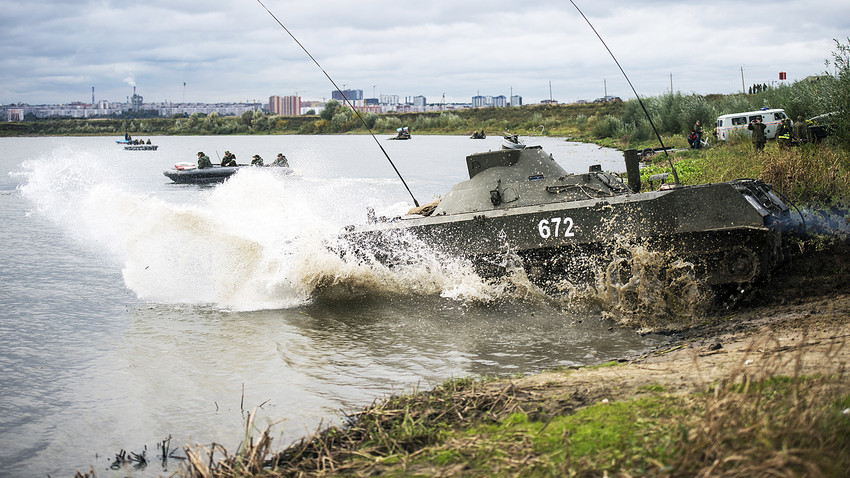What weapon Russian Airborne troops lack, but will get by 2020

A 2S9 Nona-S self-propelled gun crosses a water obstacle during a command & headquarters exercise involving the 106th Guards Airborne Division in Russia's Ryazan Region.
Evgeny Biyatov/RIA NovostiAs for today, Russian Airborne have on their service
«The new machine code-named Lotos will switch a «Nona» artillery system that stands on duty since mid 70th. These artillery systems are already worn-out and need to be changed for a new one», - told Russia Beyond Vadim Kozulin, a professor at the Academy of Military Science.
The main difference between them and other types of artillery guns on service in Russia (annually the Ground Forces get numerous types of self-propelled guns) is that Airborne machines can
As he
«The «Nona» model was light and easy to transport. It could use 120 mm projectiles even from enemies howitzers - deep behind the enemy
Another «Nona» nuance that will be changed in a new «Lotos» system is that the predecessor had a barrel that could only operate on a vertical path (по вертикальной траетории) in front of the machine.
According to the professor, manufacturers want to give it more mobility and operational capabilities.
«Each «Nona’s» projectiles left five-meter deep gaps in
If using any of Russia Beyond's content, partly or in full, always provide an active hyperlink to the original material.
Subscribe
to our newsletter!
Get the week's best stories straight to your inbox